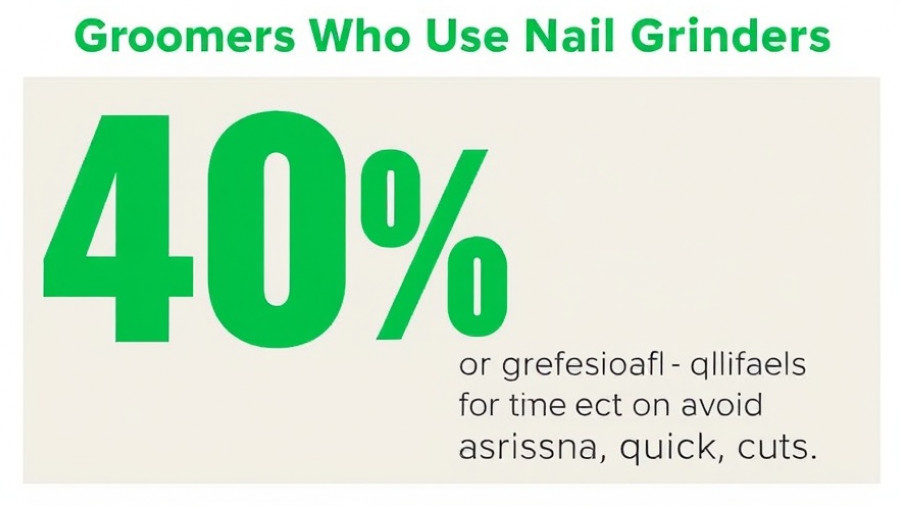
Why Your Dog's Safety Should Be a Top Priority
As our trusted companions, dogs deserve the highest level of safety, especially during car rides. Car accidents injure over 100,000 pets annually in the United States alone, with many of these injuries being preventable through proper restraints. Prioritizing your dog's safety is not just about compliance; it’s about ensuring their well-being and your peace of mind on the road.
Aiming for Optimal Protection: Choosing the Right Restraint
The pet safety market has evolved, with various restraints available to keep our four-legged friends secure. Dog harnesses with seatbelt attachments are leading the charge due to their effectiveness in spreading crash forces across a dog’s chest, as opposed to putting strain on the neck. The Sleepypod Clickit Sport harness set a high standard by passing Center for Pet Safety (CPS) certification, thus giving pet owners confidence before making a purchase.
Small Dogs in Need: Elevated Car Seat Solutions
For small dogs, specialized car seats offer far better protection compared to standard harnesses. Elevating small dogs to window height ensures that they are not only secure but also able to view their surroundings, reducing anxiety during travel. Models like the Sleepypod Mobile Pet Bed cater specifically to pets weighing up to 15 pounds, showcasing a combination of safety and convenience that is critical for our tiny companions.
Crates Outperform Barriers in Safety
The highest level of crash protection undeniably comes from vehicle crates. Products like the Gunner G1 Kennel have been rigorously tested, proving their worth with virtually indestructible construction for dogs weighing up to 70 pounds. Crated dogs have been shown to have significantly higher survival rates in high-speed collisions as opposed to those restrained by other means. It's crucial to understand that wire barriers only deter driver distraction, leaving pets vulnerable in accidents.
Understanding Weight Limits for Effective Safety
Restraint performance heavily depends on matching your choice to your dog’s weight. Harnesses effectively protect dogs weighing between 25 and 75 pounds, while car seats excel for those under 20 pounds. Crates, in contrast, support dogs ranging from 10 to over 100 pounds. A critical statistic reveals that an unrestrained dog could potentially be flung forward at a force equal to 40 times its body weight in a mere 25 mph crash. This makes weight matching essential to ensure safety.
Prioritizing Certification and Safety Features
When investing in dog safety equipment, product certification can be a game-changer. The Center for Pet Safety provides a reliable benchmark, requiring rigorous tests that simulate actual crash scenarios at around 30 mph. Interestingly, many products claiming to be safe have failed basic requirements in these tests. Opt for harnesses like the Kurgo Enhanced Strength Tru-Fit and the Sleepypod Clickit Sport, both recognized for their survival of demanding crash tests.
Taking Accurate Measurements: A Non-Negotiable Step
Proper measurements are essential to ensure that the restraint will serve its purpose effectively. Always measure your dog's neck circumference right below the collar line and their chest girth behind the front legs. These accurate metrics are crucial as they can prevent the catastrophic failure of a restraint during a critical moment.
Final Thoughts: The Road Ahead for Pet Safety
Whether you’re a loyal pet parent or a first-time dog owner, equipping your vehicle with the best restraints can make a significant difference in ensuring your furry friend’s safety. Investing in the right equipment not only protects your dog but also enhances your focus on the road. Remember, every journey should be a safe one.
As you prepare for your next trip, consider the implications of your choices. Share this information with fellow pet owners and raise awareness about safe travel options for dogs. Every dog deserves a secure ride.
 Add Row
Add Row  Add
Add 




Write A Comment